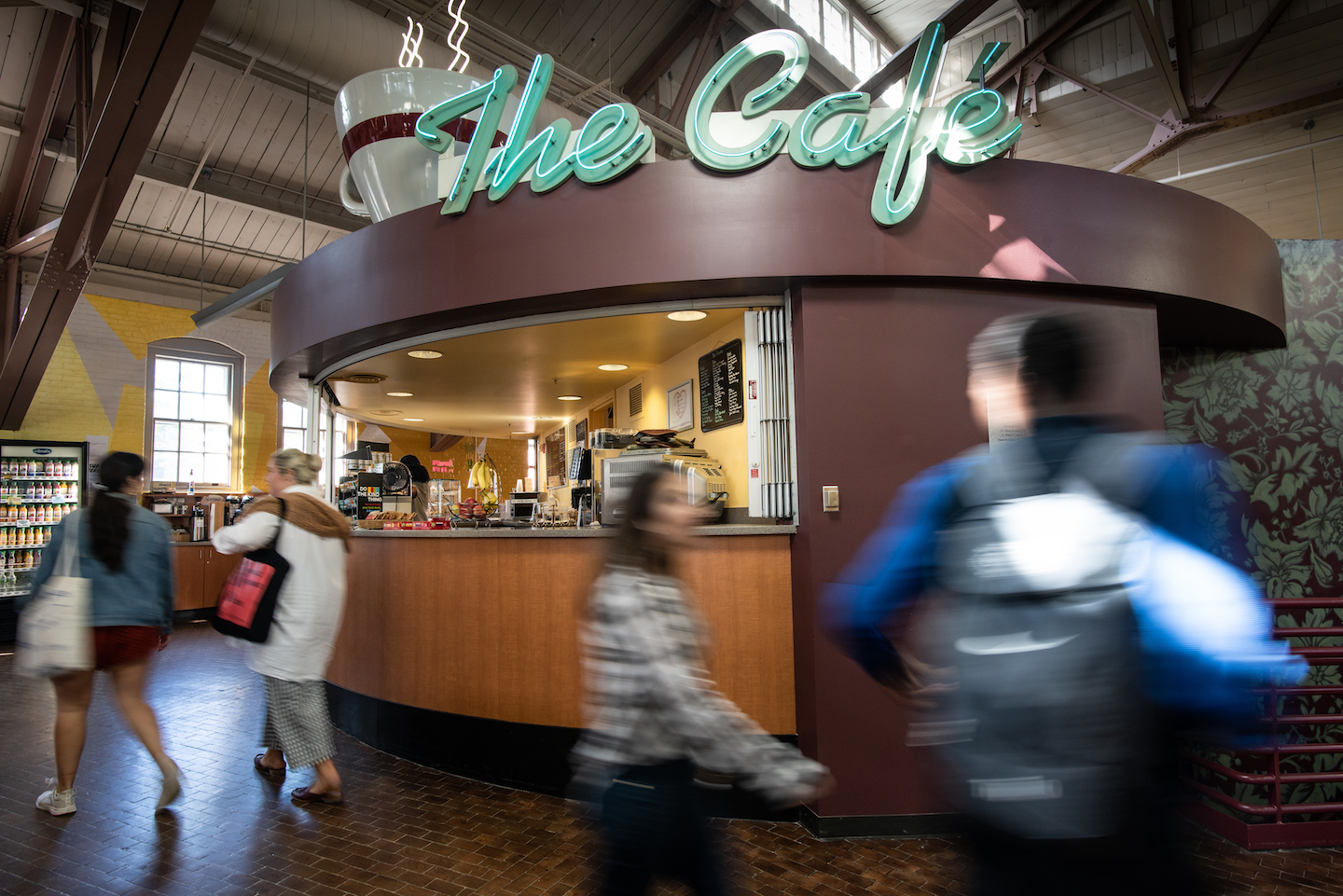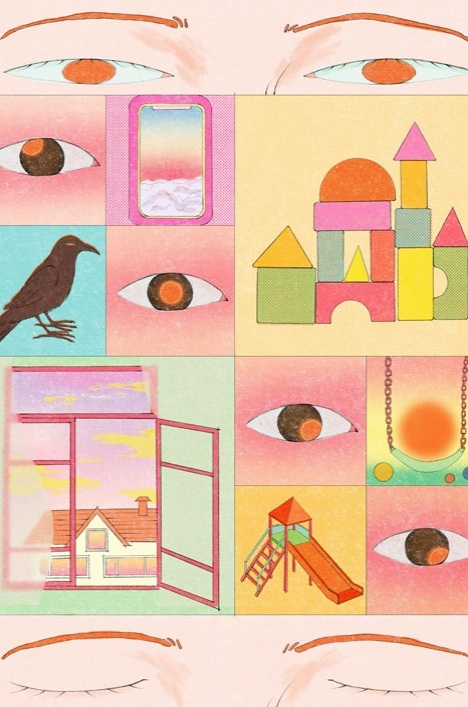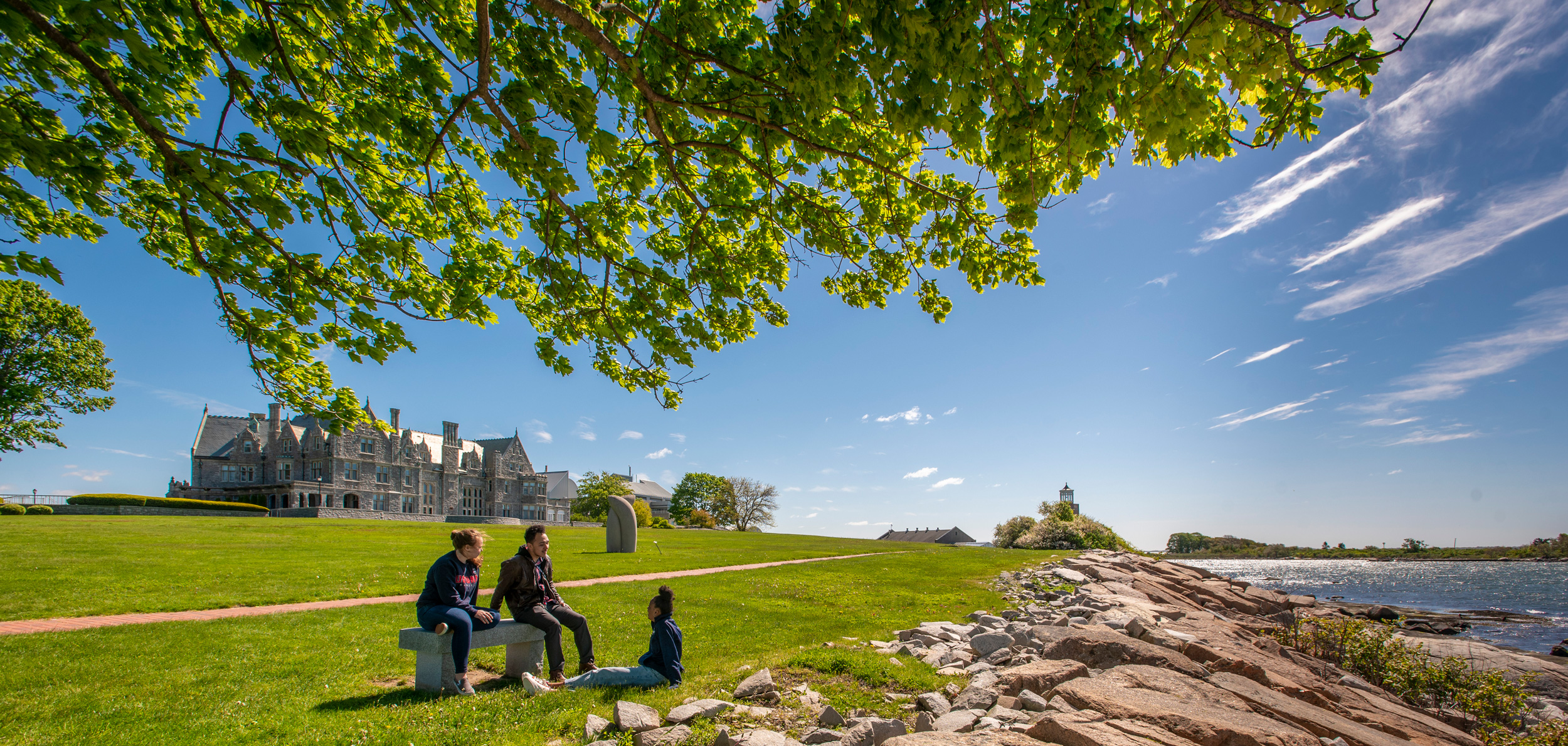Author Archives: mike@standardsmichigan.com
- Home
- Articles posted by mike@standardsmichigan.com (Page 12)

New Faculty Aptitude Test
This content is accessible to paid subscribers. To view it please enter your password below or send mike@standardsmichigan.com a request for subscription details.
The Student Version of an English Breakfast
Statement of Financial Position 2024: Net assets: £745,070
…’UAL is Europe’s largest specialist university for art, design, fashion, communication, and performing arts. It ranks 2nd globally in Art and Design (QS World University Rankings 2023). Formed in 2004 from historic colleges dating back to the 19th century, UAL is a collegiate federation of six renowned institutions:
- Camberwell College of Arts
- Central Saint Martins (famous for alumni like Alexander McQueen and Stella McCartney)
- Chelsea College of Arts
- London College of Communication
- London College of Fashion
- Wimbledon College of Arts
With over 18,000 students from more than 130 countries, UAL offers pre-degree to postgraduate courses, fostering innovation through professional practitioners as tutors. Its graduates dominate creative industries, including Turner Prize winners and British Designer of the Year recipients. Campuses span London, immersing students in the world’s creative capital…’
Related:
Universities Safety and Health Association
Classes and Classifications
This content is accessible to paid subscribers. To view it please enter your password below or send mike@standardsmichigan.com a request for subscription details.
Vista Pavilion
This content is accessible to paid subscribers. To view it please enter your password below or send mike@standardsmichigan.com a request for subscription details.
“Hazelnut MOOcha Latte” Madelyn Pickett ‘23 ’25 (ENG)
University of Connecticut Statement of Net Position 2024: ($-276.1 M) | Page 17
New School of Nursing Building: $100 million | Substantial completion by Fall 2026
❄️ 🌷 ☀️ 🍁
Different angles, different seasons, same beautiful campus. pic.twitter.com/KHwUvpchie
— UConn (@UConn) December 26, 2024
Hazelnut MOOcha Latte Debuts at UConn Dairy Bar for Fall https://t.co/QlyPY8ul1J
— Standards Michigan (@StandardsMich) October 16, 2025
Financial Reporting Issues Conference (FRIC): Academics from the U.S. and abroad joined us in Norwalk for the 2026 conference, engaging in lively discussions on standard-setting topics under the Board’s consideration. Thank you to all who shared their insights. pic.twitter.com/I3gSTEdRgA
— FASB, GASB, and FAF (@FAFNorwalk) January 9, 2026
Swing State Pronunciation
This content is accessible to paid subscribers. To view it please enter your password below or send mike@standardsmichigan.com a request for subscription details.
Steve and Amy Van Andel Graduate School of Government
This content is accessible to paid subscribers. To view it please enter your password below or send mike@standardsmichigan.com a request for subscription details.
Cookbook: January
This content is accessible to paid subscribers. To view it please enter your password below or send mike@standardsmichigan.com a request for subscription details.
London Fog
Bowdoin College Statement of Financial Position: June 2023 | $3.046B
Maine Miscellany | State of Maine Building Codes| Bowdoin College Chapel (SGH Architects)
EMMA University of Maine System Revenue Bonds

The Cafe’s London Fog | Yield: 16oz
Ingredients
16oz Cup
1 Earl Grey tea bag
1oz Vanilla syrup
11oz Hot water
4oz Steamed milk
Steps
1. Fill the cup with hot water
2. Add vanilla syrup
3. Add tea bag
4. Top with steamed milk
Peter Boghossian (VQ, Portland State University): Critical Thinking, Failing Universities, etc.
Maine is the only rural state led by Democrats | Readings: Self-Reliance
Family Weekend is coming up fast! It is an opportunity for families and friends to connect with campus and to learn about life at Bowdoin. The dates this year are October 21-23rd. Go check out the website here to get details. https://t.co/z1xx28Y2ZX pic.twitter.com/y456C8dhCJ
— Bowdoin College (@BowdoinCollege) October 15, 2022
Big thanks to Glenn Michaels for sharing these beautiful photos with us! pic.twitter.com/8L6nhf4cyT
— Bowdoin College (@BowdoinCollege) November 1, 2024
New update alert! The 2022 update to the Trademark Assignment Dataset is now available online. Find 1.29 million trademark assignments, involving 2.28 million unique trademark properties issued by the USPTO between March 1952 and January 2023: https://t.co/njrDAbSpwB pic.twitter.com/GkAXrHoQ9T
— USPTO (@uspto) July 13, 2023
Standards Michigan Group, LLC
2723 South State Street | Suite 150
Ann Arbor, MI 48104 USA
888-746-3670



















